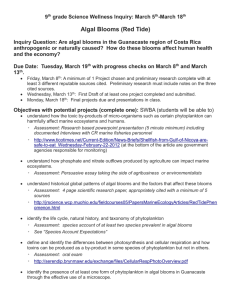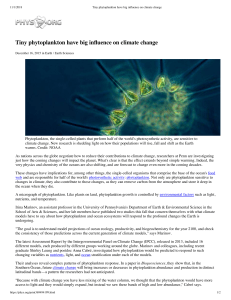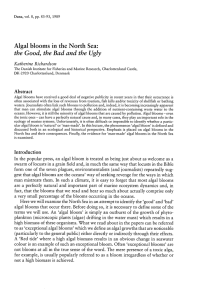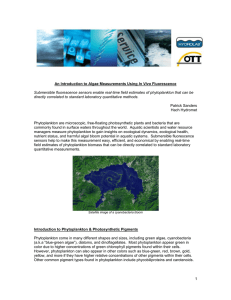GREEN MEANS PHYTOPLANKTON BROWN MEANS SEDIMENT
advertisement
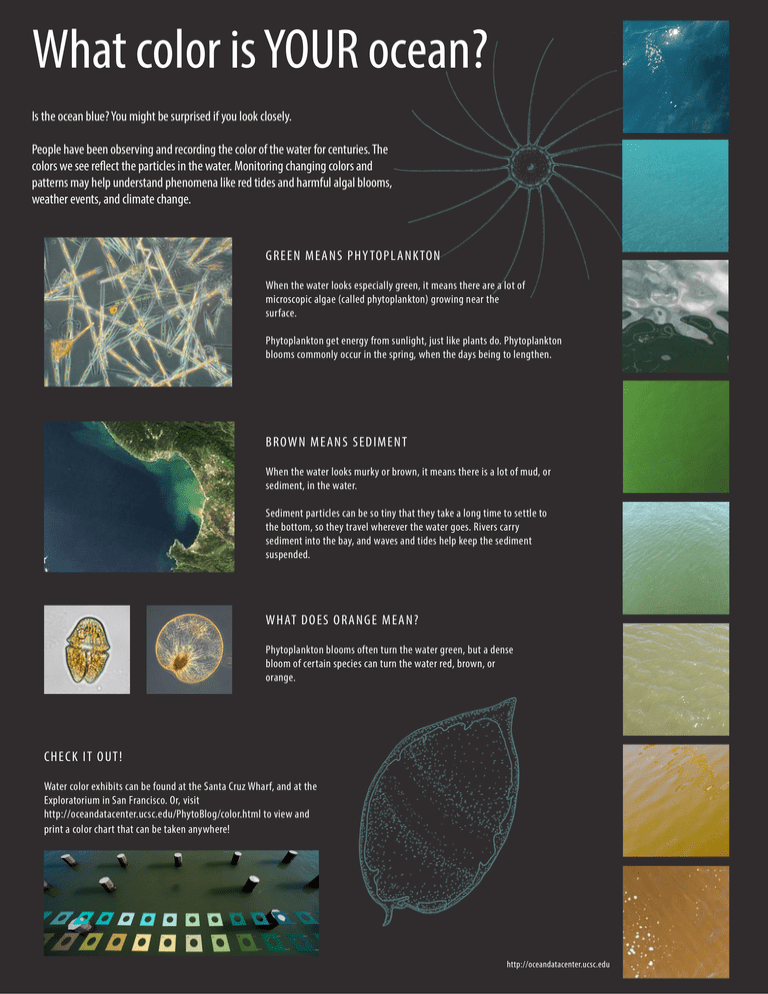
What color is YOUR ocean? Is the ocean blue? You might be surprised if you look closely. People have been observing and recording the color of the water for centuries. The colors we see reflect the particles in the water. Monitoring changing colors and patterns may help understand phenomena like red tides and harmful algal blooms, weather events, and climate change. GR E E N MEAN S PH Y TO PL AN KTO N When the water looks especially green, it means there are a lot of microscopic algae (called phytoplankton) growing near the surface. Phytoplankton get energy from sunlight, just like plants do. Phytoplankton blooms commonly occur in the spring, when the days being to lengthen. B R OWN MEAN S SED I MENT When the water looks murky or brown, it means there is a lot of mud, or sediment, in the water. Sediment particles can be so tiny that they take a long time to settle to the bottom, so they travel wherever the water goes. Rivers carry sediment into the bay, and waves and tides help keep the sediment suspended. WHAT DO ES O R ANGE MEAN ? Phytoplankton blooms often turn the water green, but a dense bloom of certain species can turn the water red, brown, or orange. C H E C K IT O U T! Water color exhibits can be found at the Santa Cruz Wharf, and at the Exploratorium in San Francisco. Or, visit http://oceandatacenter.ucsc.edu/PhytoBlog/color.html to view and print a color chart that can be taken anywhere! http://oceandatacenter.ucsc.edu

